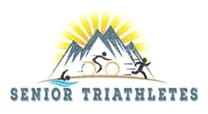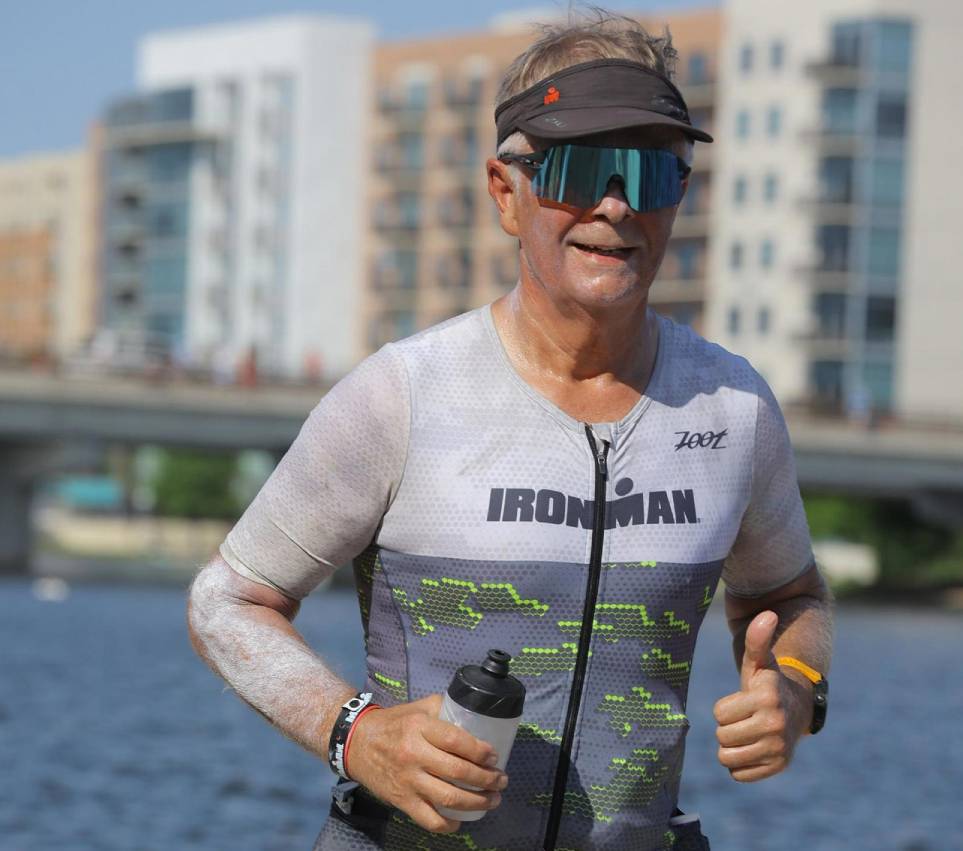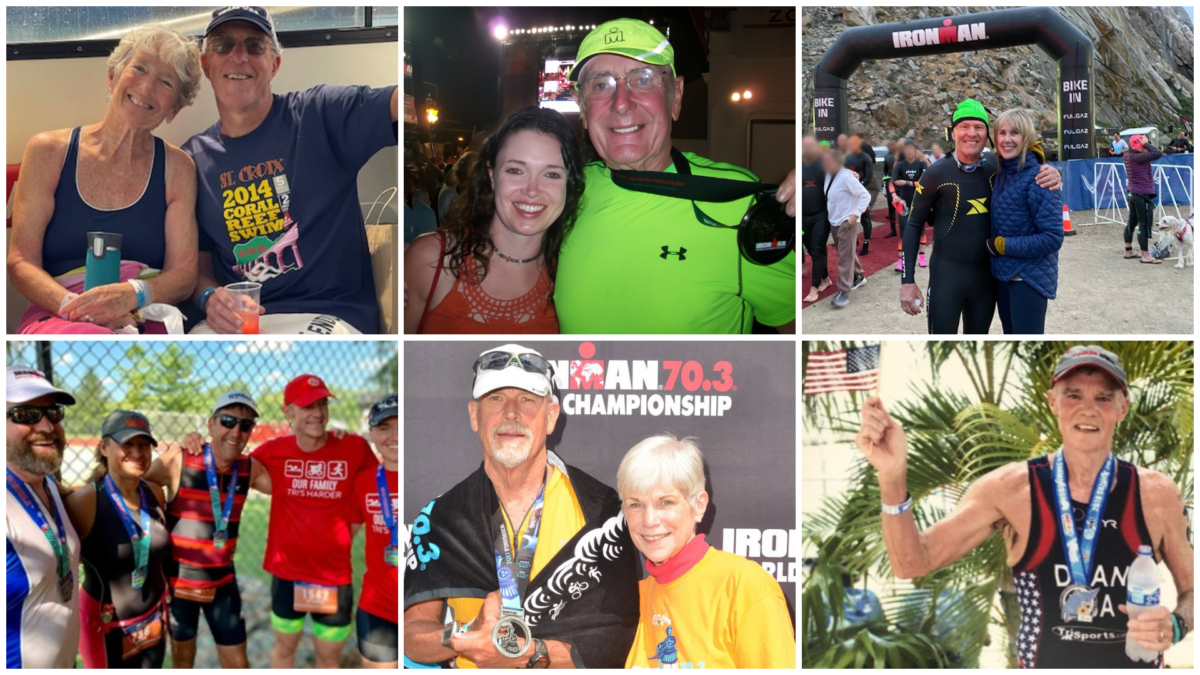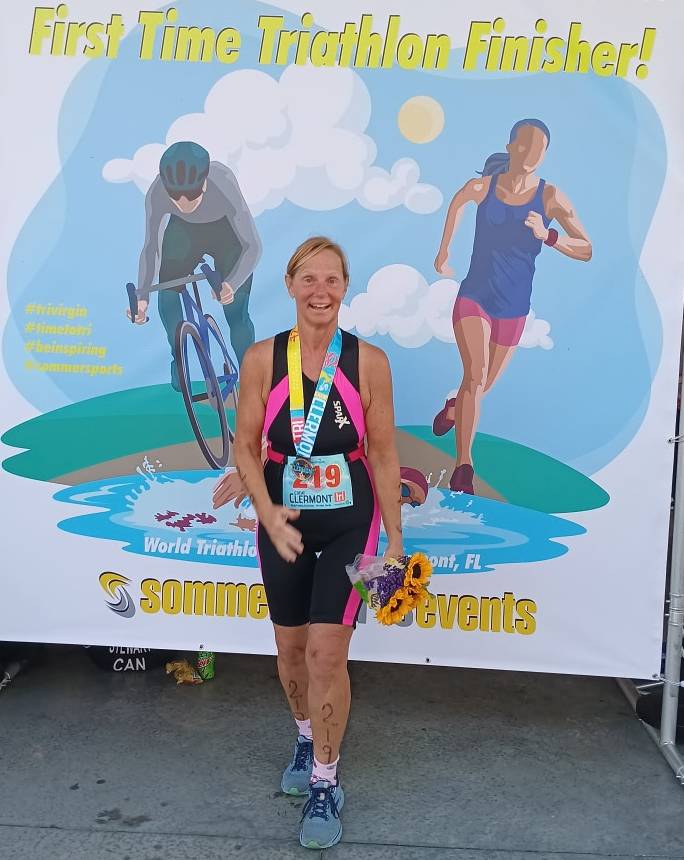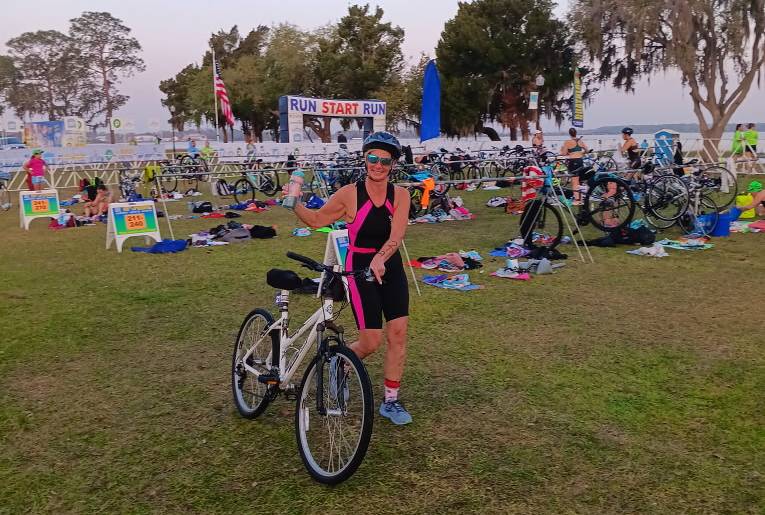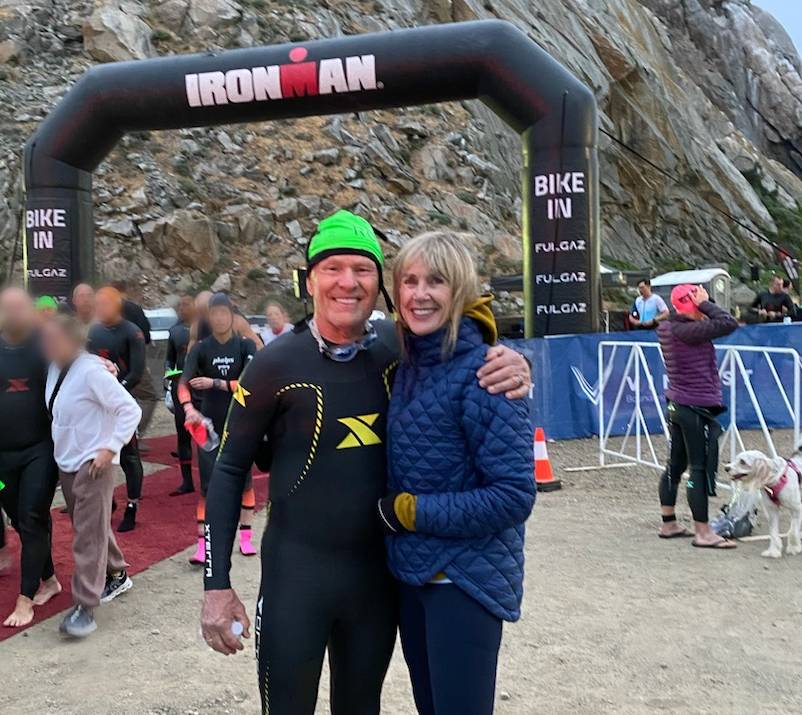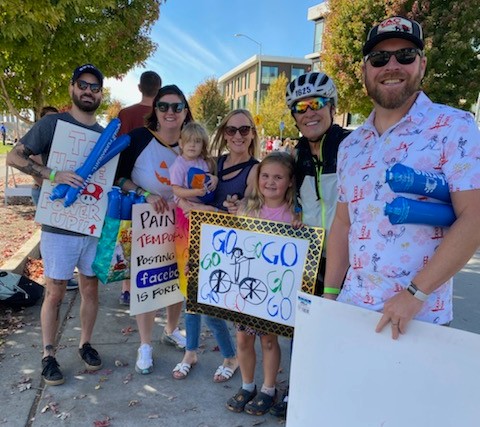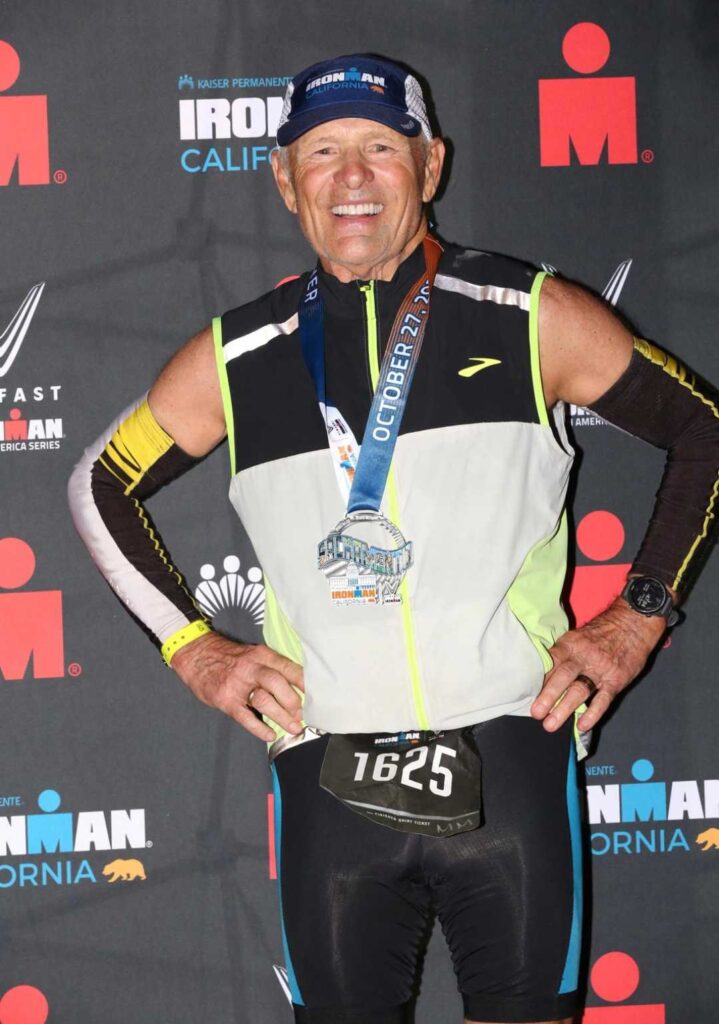Onwards & Upwards, Always! – Mike Battersby’s Comeback
Editor’s note: The return of senior triathlete Mike Battersby to Ironman triathlon racing highlights commitment, a willingness to learn, and mental toughness.
From Yorkshire to Singapore—and Into the World of Triathlon
I’m Mike Battersby, a senior triathlete age 68, based in Singapore though originally from Yorkshire, UK. I’ve been married to Lee for 46 years. We have two daughters and three beautiful grandchildren. Before retirement, I worked for a U.S. software company covering the Asia-Pacific region. These days, I keep busy cycling, running, staying fit, and diving into photography.
My guiding principle is simple: fit body, fit mind. I’ve always believed in the power of one’s mind and positive thinking—and triathlon has brought that to life in ways I never imagined.
A Comeback Story Rooted in Challenge
My journey into triathlon wasn’t driven by competition, but by necessity. In my late 40s, I was obese, suffering from chronic hip bursitis, and at one point, nearly immobile—relying on crutches and even a wheelchair. Cycling became my recovery tool. From there, I worked my way up to a sprint triathlon in Singapore in 2007.
I kept going after that first triathlon. Between 2007 and 2011, I did 11 triathlons of a mix of Sprint, Olympic, and half-Ironman distances. This included the World Championships at Ironman 70.3 Clearwater (Florida) in 2009. I also finished three long course cycling races, two full marathons, and one duathlon. All but the one in Florida were in Singapore, Malaysia, or Indonesia.
Then, in 2012 I did Ironman Texas. Over the next twelve years, I did Ironman 70.3 Bintan in Indonesia three times, and five long course cycling races, including one in Australia.
I figured that Ironman Texas was my “one and done.” Until 2024.
Guinness, Old Friends, and One Bold Commitment
Fast forward from 13 years from the 2012 Ironman Texas. Over a couple of pints with my old friend Rick (with whom I finished Ironman Texas in 2012) during his 2024 visit to Singapore, I learned he was planning to return—this time to support his son Lachlan, who’d taken up Ironman racing himself and doing well in the sport.
Two pints in, I looked Rick in the eye and said, “I’m in.” That moment lit the spark. It gave me the perfect reason and excuse to chase one more Ironman and support a friend and his son in the process.
Back home, I told Lee, and as always, she was fully supportive. The only request from my family: “Do it right. And do it safely.”
TriDot Coaching and Training After 50
Until October 2024, I was largely self-trained, doing most of my training in Singapore with different riding and running groups. I did swim training by myself. However, for the upcoming Ironman Texas, I knew I needed a smarter approach than before. That’s when I reached out to SeniorTriathletes.com, and Terry VanderWert connected me with Coach Kurt Madden, TriDot’s Director of Coach Development.
I was skeptical of remote coaching at first because my earlier experience with it hadn’t worked. However, the first Zoom call with Kurt changed everything.
Kurt was the real deal—close to my age, still racing Ironmans, and full of grounded wisdom. He wasn’t selling a cookie-cutter training plan. After the call, the three of us – Rick, Lachlan, and I – signed up with Kurt as our coach and began using the TriDot AI training platform.
With TriDot, our training was:
- Data-driven (using my Garmin and Wahoo devices)
- Personalized to my performance and recovery levels
- Adaptive, based on my needs as a senior triathlete
Coach Kurt held weekly Zoom calls with us to tweak training, to address physical limitations, aches, and challenges, and to keep us on track. The structure, feedback, and accountability tailored to our individual needs was a massive improvement over my earlier self-coached years and previous generic remote coaching. Looking back, committing to Kurt and TriDot was one of the smartest decisions I made on this comeback journey.
A Week in My Ironman Training Plan
Every day began with my wife asking, “What’s your schedule today?” I stuck to the plan with military discipline, missing only one session over several months.
I followed Kurt’s advice closely: believe in and follow the plan, even when you feel you could push harder—stay with the plan. The time I didn’t and did an extra run, I pulled a hamstring.
Here’s what my weeks looked like:
- Endurance & interval workouts across swim, bike, and run
- Strength and mobility training at home or the gym
- Early morning long rides, starting at 4 a.m. to beat the tropical Singapore heat. Navigating hundreds of traffic lights during longer outdoor rides around the island added an extra layer of challenge and focus.
- Trail runs, stadium track intervals (to build leg strength), treadmill sessions, and bricks, sometimes in temps over 40°C (104°F)
- Indoor cycling with a Wahoo Kickr
- All training was solo, demanding high self-motivation
Training peaked at just over 15 hours per week, with no rest days toward the end.
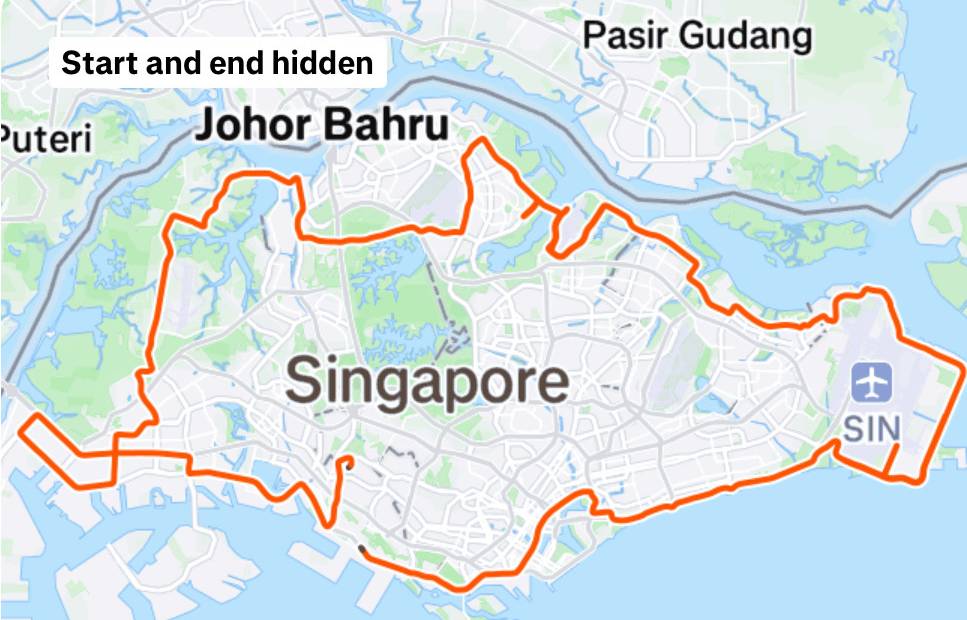
Ironman Texas 2025: Race Day Reality
The swim was my biggest anxiety. I’m a slow swimmer by nature, but the extra training Kurt had put in the schedule paid off. I hit my predicted swim time almost exactly and came out of the water with a great mental boost.
The bike course, a flat two-lap stretch along the Hardy Toll Highway, tested my mental strength. A brutal headwind on the outbound leg and the loss of my Special Needs bag for hydration and nutrition meant I had to rely on scavenged nutrition from volunteers.
The run started strong, but around mile 10, my lower back went into spasm. Each step became more painful, and I alternated between running and walking. My focus became survival—I aimed to reach mile 18 before the cutoff and made it with time to spare.
By mile 22, unable to straighten up without triggering more pain, I continued by adopting a “Quasimodo” shuffle to keep moving forward. At this point, I had some ugly thoughts going through my mind. First, I was angry with myself for not doing more back and core strength training. I also began to doubt myself. I started thinking of what I’d say if I didn’t make the 17-hour cutoff. Fortunately, I realized what was happening, and quickly thought of something different. I had to Finish.
Coming up to mile 23, I saw Rick, his wife Deanne, and my wife Lee waiting on a bench. Bent over and in visible agony, I avoided eye contact with Lee, fearing she might stop me if she saw how bad I looked. I waved, stayed focused forward, and pushed on.
Then, somewhere near the final water station, a volunteer shouted, “Here he comes—he’s still going!” That made me laugh. “You bet your bottom dollar I am,” I thought.
I crossed the finish line 11 minutes before the cutoff, bent over, in pain—but elated. One of the volunteers who helped me across was the race winner, still there 10 hours later, supporting other finishers. That’s the spirit of Ironman.
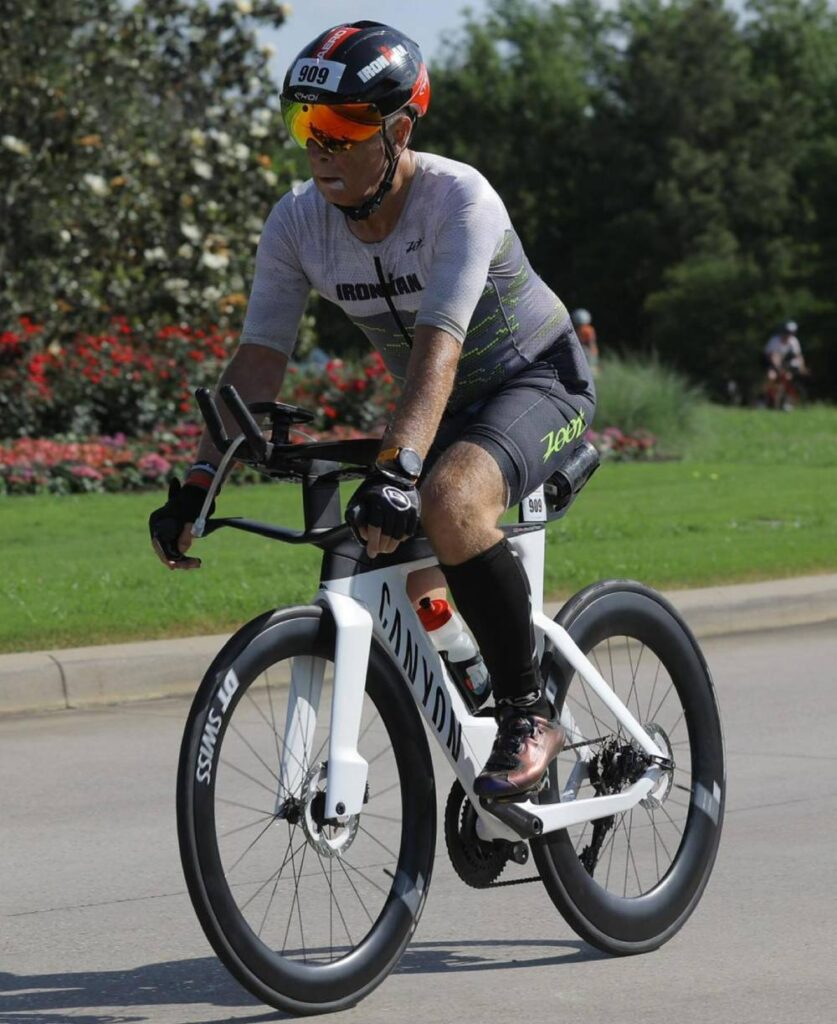
Lessons Learned as a Senior Triathlete
My experience over the past year taught me important lessons.
Invest in a Coach
Kurt Madden taught me so many things I hadn’t considered, he taught me to train safely, train effectively and how to unlearn bad habits Together we developed a dynamic training plan that was specifically tailored in order to reach my goal of finishing the Ironman safely.
Trust your Training Plan
Follow your training plan. And, don’t over train. Remember that when one is feeling good, we are most vulnerable to injury. Don’t neglect Strength and Mobility Training.
Nutrition and Hydration
Fueling properly before, during, and after training sessions is non-negotiable—this was one of the biggest eye-openers for me. Kurt also introduced me to Vespa Nutrition, a unique supplement derived from wasp extract that helps optimise fat metabolism for endurance performance. After speaking with Peter Defty, the president of Vespa, I decided to give it a try and found it to be a game changer in both my training and on race day. It made a significant difference to my recovery.
During training, ensuring your diet is optimised so you have the energy to recover is just as important. My doctor, Dr Chong, introduced me to two Swiss supplements: Celergen and NGF, both of which I took to aid my recovery and, I believe, had a positive impact on my overall performance and ability to bounce back between sessions.
Quality Sleep, Rest & Recovery
These are vital, especially as an older athlete.
Equipment
Invest in the right equipment in order to fully measure your metrics, If you can’t measure it, you can’t manage it.
Racing
Run your own race, follow your plan, stay calm, and adapt to your body’s signals
The Greatest Benefit of Triathlon: Reclaiming “I Do”
Thanks to triathlon, I no longer say, “I used to…” I’m actively doing.
I’m stronger, more mobile, and more confident than I’ve been in decades. I’ve reconnected with old friends and rediscovered the joy of being part of the triathlon community. And yes—there might even be more Ironman 70.3 races in my future.
Thanks to triathlon, I no longer say, “I used to…” I’m actively doing.
Mike Battersby
Advice for Triathletes Over 50
- If you think you can—you can. Belief is the first and most important step.
- Don’t quit at the first hurdle. When someone says “no,” don’t treat it as final. And, ignore the naysayers. Don’t let others steal your dream.
- If you’re dealing with an injury, don’t use it as an excuse. Seek several professional opinions. Look for others who’ve recovered from similar injuries—especially with alternative approaches like compensatory muscle training.
- Find and invest in a coach of similar age who truly walks the talk and who uses a smart, AI-driven platform like TriDot for tailored training. Be coachable; listen, apply, and stay consistent. Also, be ready to let go of what you think you know and embrace new tools and methods.
- Listen to your body. Don’t adopt a no pain, no gain attitude. As you get older, it hurts!
- Stay curious, keep learning, and never give in. As Churchill said, “Never, never, never give in…” And, as I always say …., “Onwards & Upwards, ALWAYS!”
Have Questions for Mike Battersby? Leave Them in the Comments Below
Comments: Please note that I review all comments before they are posted. You will be notified by email when your comment is approved. Even if you do not submit a comment, you may subscribe to be notified when a comment is published.
